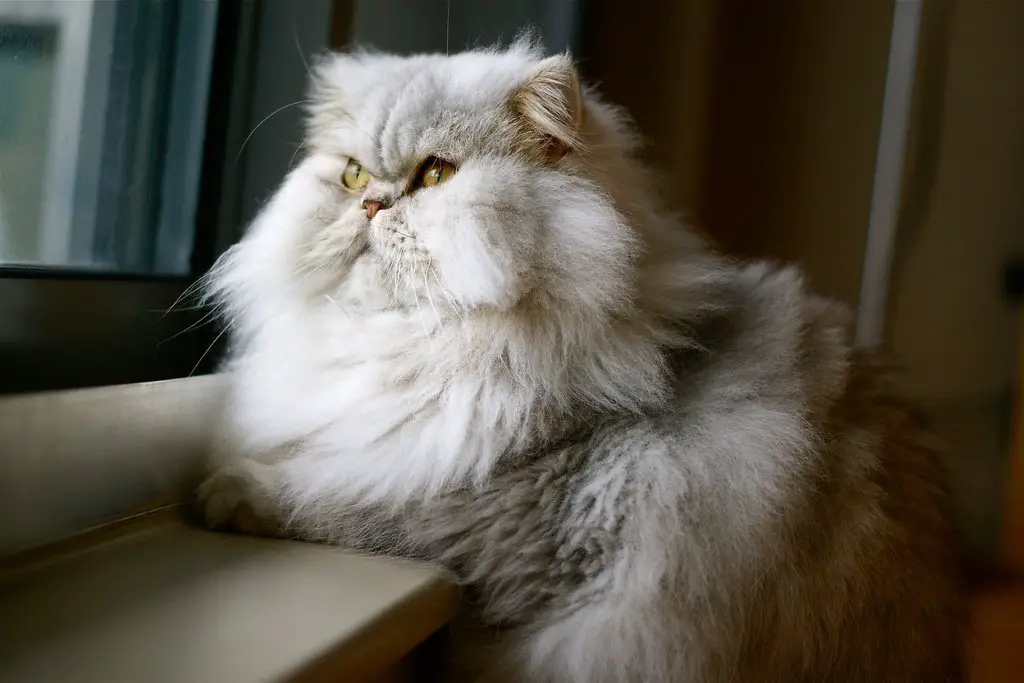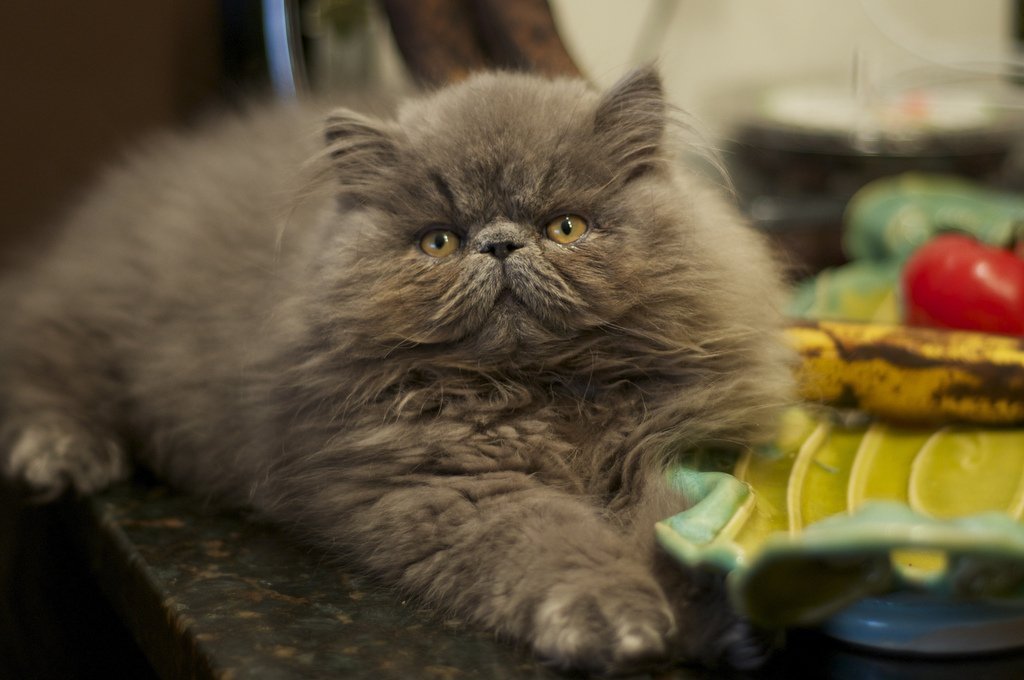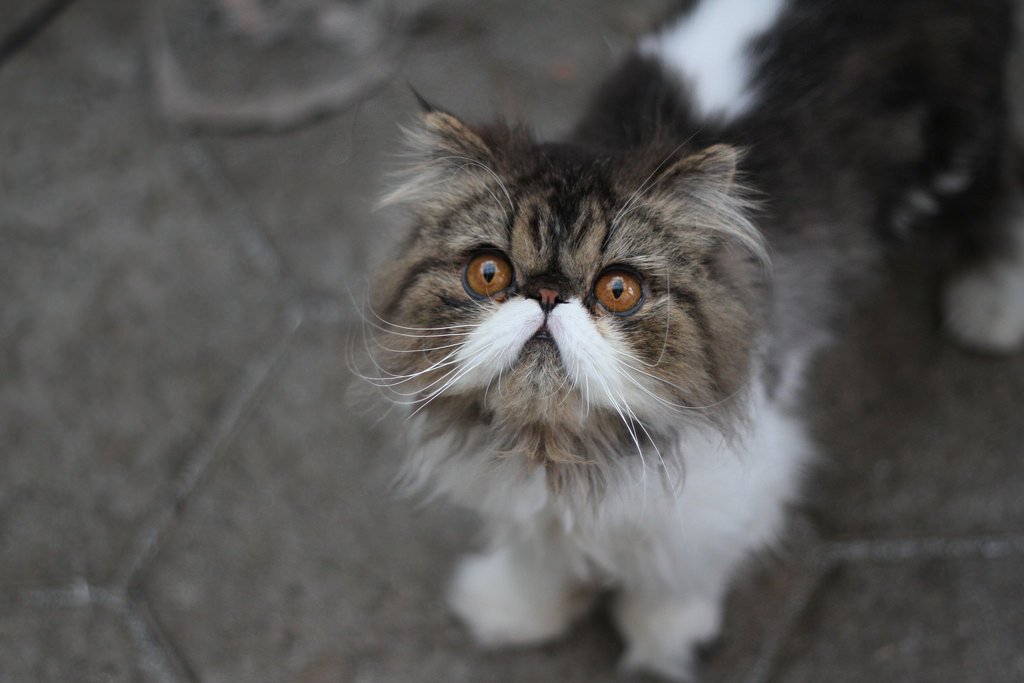#4 Soon, a new breed came to England.

British felinologists have found sufficient reason to divide long-haired cats, depending on their type, into two breeds. The former began to be attributed to the Turkish Angora, and the latter was called at first French, and then Persian cats. The interest in long-haired pets and their breeding was so great that in 1887 the Persians were registered. One of the first among other domestic cats, they gained official status. The breed was named "Persian Longhair".
#5 A new stage in the development of the breed began at the end of the 19th century, when the Persians came to the United States.

American breeders have put a lot of effort into changing the classic British version of the cat's appearance, and they have succeeded a lot in this. A new "extreme" type appeared, which was characterized by an unusual appearance of the animal's face: the shortest possible nose with a high stop, overhanging forehead, pronounced folds from the corners of the eyes to the mouth, wide-set eyes. Such an unusual exterior attracted cat lovers, but it was also the cause of multiple health problems. Only hard work made it possible to minimize the negative results of breeding experiments. Extreme Persians are very popular today, and many consider them to be the real representatives of the breed. This is not entirely fair. There are a lot of Persian cat lovers' clubs in the world that prefer breeding of the classic type.
#6 The Persian cat has a surprisingly calm, friendly and even temperament.

The psychological peculiarity of the Persians is that they are very afraid of upsetting the owner: after all, these are purely domestic cats, very attached to a person and inclined to give him joy and pleasure. Even if you accidentally offended a Persian cat, she will not “sulk” for a long time and will gladly accept all your apologies.
